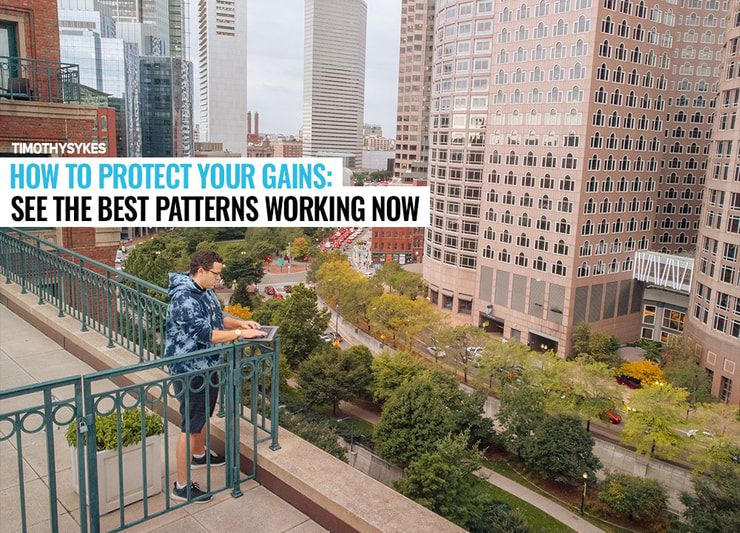If you’re not profiting from the volatile moves we’re seeing in the market…
Then I’m sorry … you’re doing something wrong.
It’s gonna sound crazy, but you’re probably taking losses the wrong way.
In the stock market, there’s a right and a wrong way to lose.
I’ve spent over two decades perfecting my strategy to protect gains. I’ve even managed to teach my students to do the same. And now 20+ are millionaires.
So what do I mean about learning how to lose the right way?
Allow me to explain by showing you a recent trade where I lost $500…
And I’ll share the three lessons you can take from it so you can improve your trading.
My Favorite Setup

2025 Millionaire Media, LLCBefore I get into the trade, you need to understand the profit potential here.
Day traders rely on patterns to profit off of volatility. And the panic dip buy pattern is my favorite.
The idea is to find a stock trading high volume that’s way off its highs. I wait until the price is down 20% or more. The bigger the fall, the bigger the bounce.
After a huge sell-off, the price bottoms out and rebounds. That’s where I take profits. My goal is to buy at the bottom and ride the momentum back up.
It works in hot markets and slow ones. That’s not to say it works every time. This isn’t an exact science. But that’s why you must know how to take losses.
Study up more on this pattern here.
Check out this chart of Dr. Foods Inc. (OTCPK: DRFS). It fell for 15 minutes, put in a low, and bounced all the way back to the open. A 140% bounce!

But things don’t always work out like this. Sometimes the pattern fails, and you’ve gotta cut the loss before it drains your account.
Here’s how to protect your gains while hunting for profits, but first…
My Loss on AMTD
I show my losses for two reasons …
- I want you to learn from them.
- I’m not ashamed to tell the truth. It’s good to be real in an industry of fakes.
So many sketchy gurus talk about all the money they’ve made. But do you ever hear them talk about a loss? Do they show you a trade confirmation?
I don’t have to hide my losses because I’m the real deal.
On Thursday, February 24, 2022, I saw AMTD International Inc. American Depositary Shares (NYSE: AMTD) fall 50%. That’s a big dip off its highs. Especially since it ran the day before from $4 to the $7s …

I bought in after a huge dip at $3.85 and sold it when $4 resistance pushed the price back down.

Here’s a close-up of the chart …

Turns out I was right. The bounce was non-existent.
These are three lessons you can learn from this trade…
- Focus on the best plays and get out if there’s weakness. Anything can happen in this market. Sometimes the best strategies fail. Cut the loss and pat yourself on the back for good discipline.
- Don’t revenge trade. Losing is part of trading. Don’t let your emotions push you into bad plays for YOLO cash. That’s how traders blow up accounts.
- A failed trade isn’t always a bad trade. Sure, I lost money on this one. But I played the pattern well. Especially since there wasn’t a bounce to profit from.
To consistently profit in the stock market you have to be an expert at winning AND losing.
I’ve been teaching my students how to do just that for over a decade now. It takes a lot of hard work, but as I always say, it’s not rocket science.
Want to plot out your trip to the moon?
There’s no time like the present.
Comment below that you promise to always cut losses quickly! Also, what’s your biggest loss to date? And why didn’t you cut it earlier?








Leave a reply